This article was written by Laureen Fagan and published on the Good Men Project weblog. It explains that Neighborhood-level action on climate change is evolving, and it’s not just about green space and gardens anymore. From community-level planning for renewable energy to building efficiency or waste management, neighborhood associations within the web of a city’s structure are stepping up to deliver climate solutions.
Building more inclusive neighborhoods is one key to making more sustainable neighborhoods. However, a lack of inclusion—whether based on age, race, or religion—may be a barrier to neighbors who want to participate in community life but don’t feel engaged. As a result, community leaders must find ways to overcome these barriers to achieve more as a whole.
Social learning arises from the problem-solving that neighborhoods engage in together “Neighborhoods have the potential to locally respond to the global problems of climate change,” write Joshi and the University of Alberta team. “Their unique scale, located at the intersection of the city and the individual/building, affords them multiple opportunities to stir collective climate action.”
If you are thrilled to read the complete article, click here.
We encourage you to be part of our community! click here to register.


